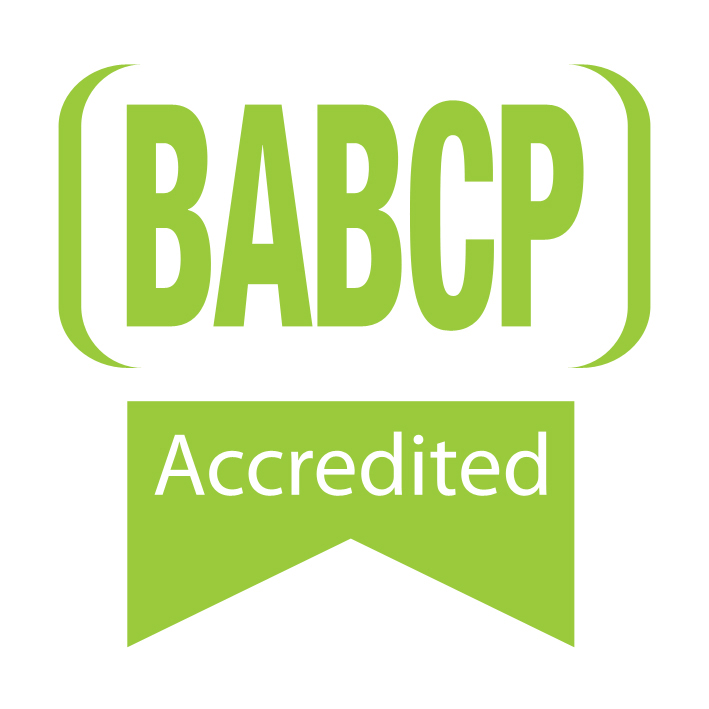Stress and Fatigue in The Workplace: what is the Burnout Syndrome?
Burnout is described as a state of physical, emotional, and mental exhaustion caused by prolonged and intense stress, often related to work or high-pressure situations. The English term “to burn out” refers to the concept of “burning.”
People are said to “go into burnout” when they are no longer able to manage the daily challenges at work constructively.
Unlike general stress, which may arise from a temporary period of adjustment, burnout is a prolonged condition that is difficult to overcome independently and can become chronic if not carefully addressed.
The history of burnout traces back to the United States in the 1970s, when the term was first used to describe a common syndrome among helping professionals, such as doctors and nurses. It was only in 1975 that Christina Maslach coined the term “burnout syndrome”, identifying it as a behavioural condition present in many work environments characterized by high levels of stress and pressure, such as high-responsibility roles.
Burnout has been officially recognized by the World Health Organization (WHO) as a factor that can impact health. However, it is not included in the Diagnostic and Statistical Manual of Mental Disorders (DSM-5), as it is not classified as a mental disorder. Burnout is included in the 11th Revision of the International Classification of Diseases (ICD-11) as an occupational phenomenon; it is not classified as a medical condition.
Thus, burnout is a legitimate mental health issue, with significant implications for businesses, healthcare providers, and families.
What Are the Symptoms?
Burnout often occurs when a person feels they have little control over their work, at the office or at home, or when asked to complete tasks that conflict with their values.
The symptoms of workplace burnout develop gradually, in phases, starting from initial work enthusiasm—where the person may appear work-addicted, even sacrificing their free time—toward disengagement, characterized by apathy, a feeling of emptiness, guilt, and a sense of uselessness. Everything that once excited them about their work now seems meaningless.
Common behavioural symptoms of burnout include difficulty taking responsibility, delays at work, absenteeism, procrastination, decreased productivity, difficulties in interpersonal relationships, feeling unable to carve out personal space, and reliance on food, alcohol, or drugs to cope with stress.
Psychological symptoms may include irritability, constant emotional tension, decreased motivation, guilt, thoughts of failure, disinterest, reduced self-esteem and confidence, feeling detached from work, feeling “trapped or stuck,” cynicism, and fear of changing jobs. A true mental energy collapse may occur, with depression, panic attacks, and anxiety disorders.
Physical symptoms may include gastrointestinal problems (such as gastritis or colitis), headaches and migraines, ulcers, and skin disorders (such as acne and dermatitis). These are often accompanied by non-specific symptoms such as fatigue, apathy, sleep and appetite disturbances, and reduced sexual desire.
How to Reduce the Risk of Burnout
Ignoring burnout can lead to further mental health diagnoses, worsened physical health, family conflicts, and poor work performance. Recognizing early signs of distress is crucial to intervene promptly and prevent acute suffering.
From a preventive perspective, it is essential to cultivate a balance between work and personal life by:
- Establishing boundaries between professional and private life
- Making time for oneself, personal passions, and energy recovery
- Managing time and tasks according to priority
- Accepting personal limits and realistic work goals
- Asking for help if challenges exceed one’s ability to cope
If you think that you suffer from burnout, you may wish to search for a professional opinion. At Mindscape, we will start offering support from a comprehensive assessment of your symptoms and a formulation of your distress.
If professional support is needed, you can schedule a free 10-minute consultation to learn how Mindscape clinicians can help. Alternatively, you can fill out the form with your preferred call time and contact number, and a team member will contact you within 48 hours.
References
American Psychiatric Association. (2013). Diagnostic and statistical manual of mental disorders (5th ed.). https://doi.org/10.1176/appi.books.9780890425596
Leiter, M. P., Day, A., & Price, L. (2015). Attachment styles at work: Measurement, collegial relationships, and burnout. Burnout Research, 2(1), 25–35. https://doi.org/10.1016/j.burn.2015.02.003
Maslach, C., Jackson, S. E., & Leiter, M. P. (1996). Maslach Burnout Inventory. Palo Alto, CA: Consulting Psychologists Press.
World Health Organization. (2022). ICD-11: International classification of diseases (11th revision). https://icd.who.int/
Zhang, N., Bai, B., & Zhu, J. (2023). Stress mindset, proactive coping behavior, and posttraumatic growth among health care professionals during the COVID-19 pandemic. Psychological Trauma: Theory, Research, Practice, and Policy, 15(3), 515–523. https://pubmed.ncbi.nlm.nih.gov/36222661







